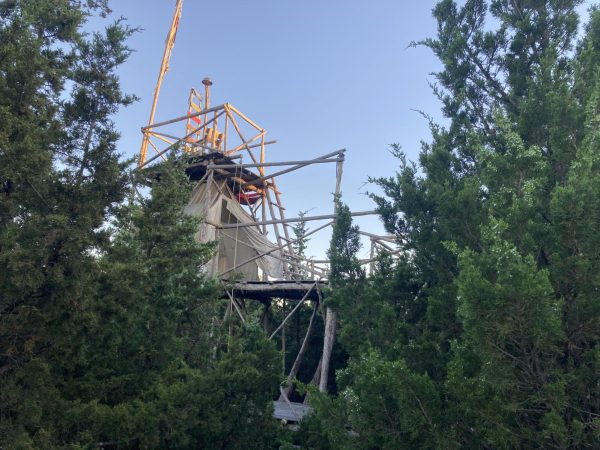Environmental Problems Facing Earth, How We Combat Them
Across the globe, environmental discussions have been gaining widespread attention from world leaders and citizens who have varying beliefs and concerns regarding this crisis. Climate change has been proven to exist by many scientists, and according to
The Union of Concerned Scientists Organization, believe immediate action must be taken to abstain from further damage. With China’s worsening air quality stunting their population’s average life span, and deforestation increasing in biodiverse areas such as the Amazon rainforest which regulates oxygen and evapotranspiration- the circulation of rain to other areas around the world, and carbon emissions polluting oceans that produce over fifty percent of the world’s oxygen- not enough effort is being taken to combat these detrimental issues.Living in a rural area, it is easy to not fully understand the debate over climate change, especially when news programs and media could be distorting the true situation at hand. However, when multiple environmentalists are mentioning the same problems concerning climate and trustworthy organizations such as The World Wildlife Fund, are going to the places in need and documenting the destruction of trees and bleaching of coral reefs when they both provide aid in the climate crisis, it raises a lot of alarm on the future health of Earth.
While a lot of problems involved with climate have been discussed in this article, a change of course is not impossible in wanting to obtain a healthier planet. A country in the Himalayas called Bhutan is smoking-free and not only carbon neutral but carbon negative. As expressed in an article by Climate Action, Bhutan produces 1.5 million tonnes of carbon every year, but due to the countries 72 percent forest coverage, more than 6 million tonnes of carbon is absorbed. Since 1972, Bhutan’s political standards and decision making have been based on a Gross National Happiness index, than a Gross Domestic Product. Their country’s ultimate goal is to place happiness above economic growth and set a national standard for environmental preservation.
In addition, it is statistically assumed that by 2050 seventy percent of the world’s population will be urban. Therefore deforestation is likely to increase from this influx of population. However, blueprints designed by architects have been created for the integration of a city lifestyle with a clean energy and naturalistic image. As written by Yale Climate Connections, China is building a ‘forest city’ with more trees than people. The plan calls for one million plants and forty thousand trees, growing not only on the ground but on balconies and rooftops. The new city is expected to house thirty thousand people, with additional designs such as a train station, hospital, schools, and commercial areas. Solar and geothermal- generated from the heat of the Earth- energy will be the intended sources of power.
Overall, although climate change is a serious issue that requires a large amount of aid and attention, implementation of cleaner energy and awareness for what is recycled, what is thrown away, and how much energy is used goes a long way in helping our ecosystem.

Hey to whoever is reading this! I’m Julia, a junior, and this is my first year in echo. You might also see me in French Club, Link Crew, and StuCo. Feel...







